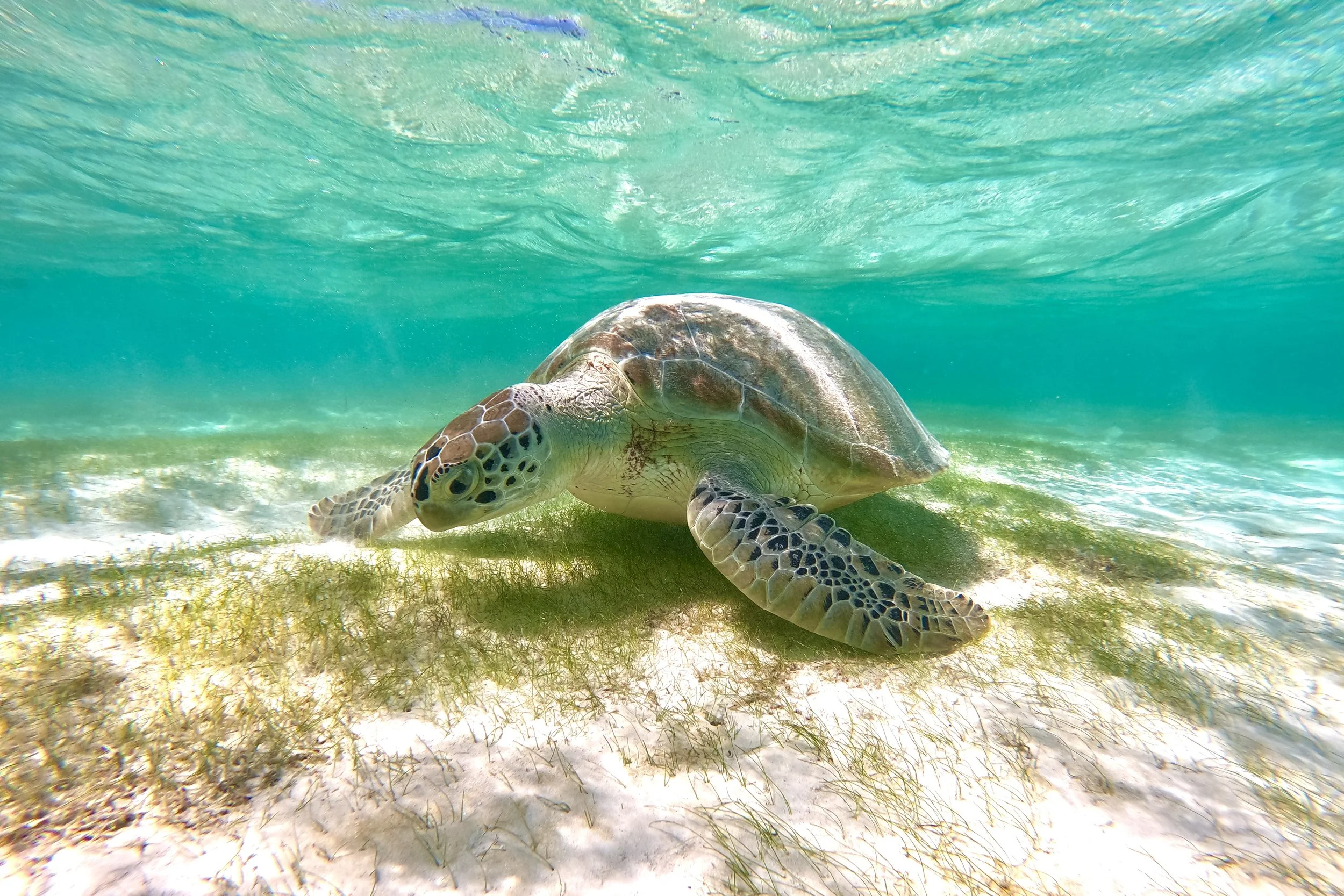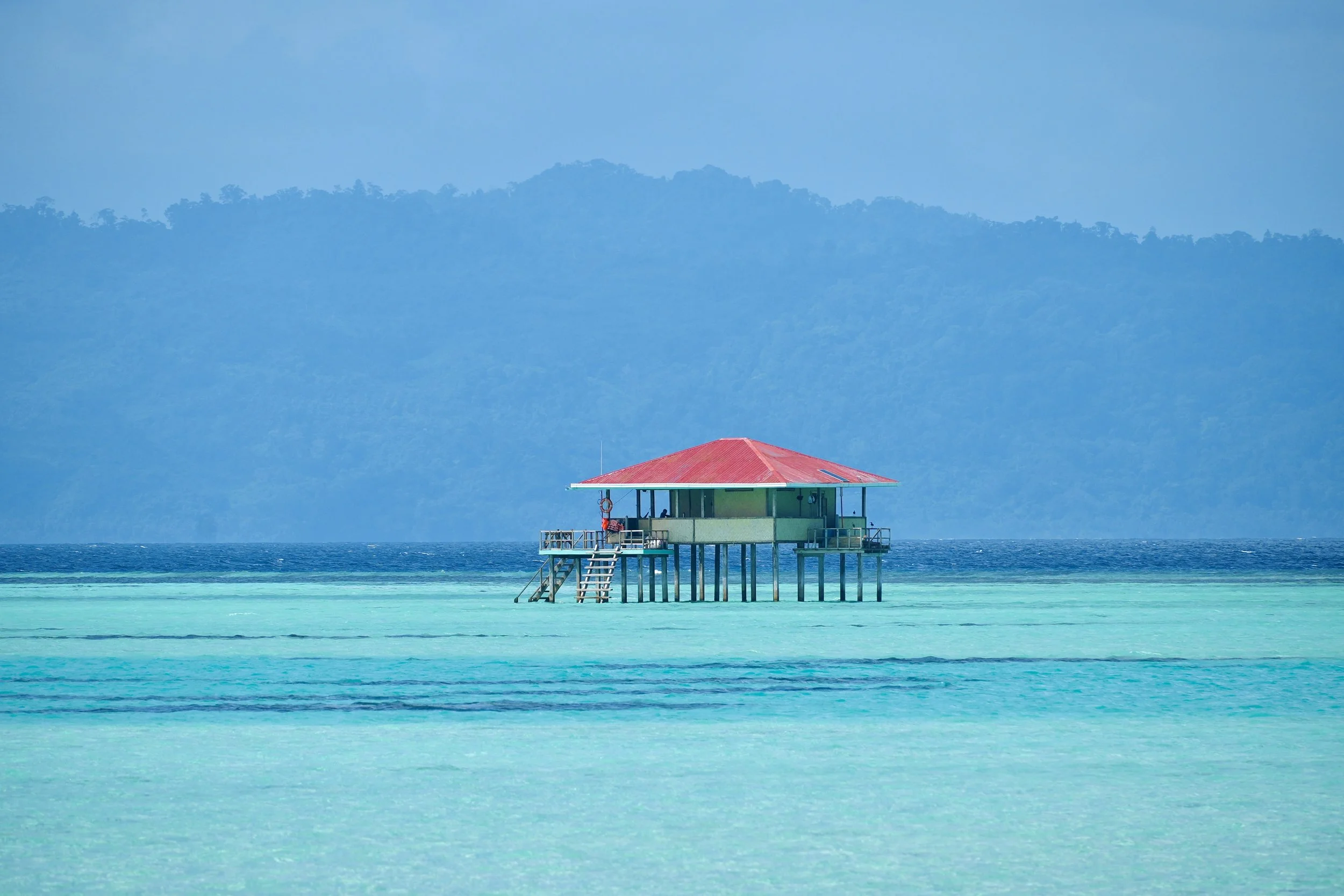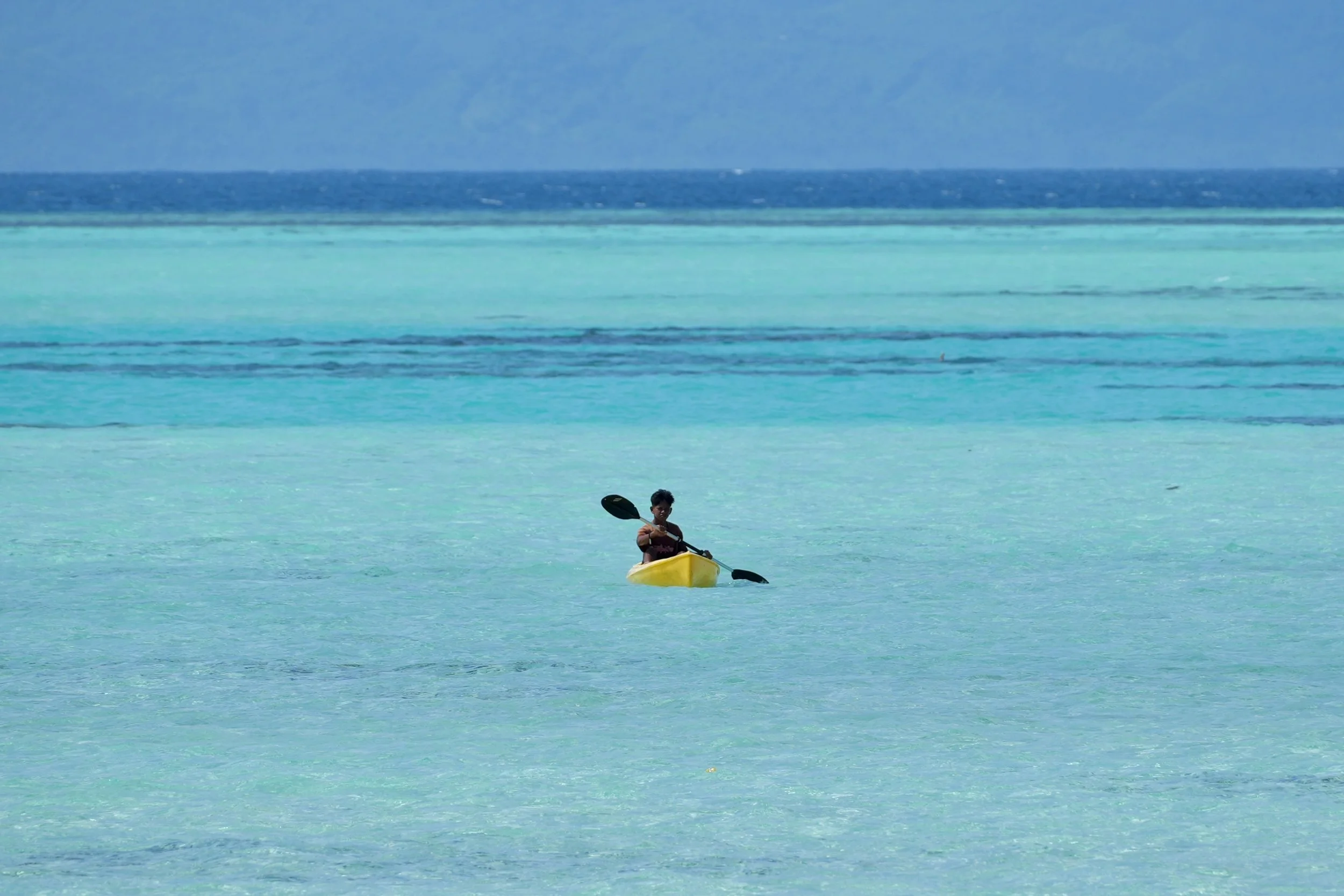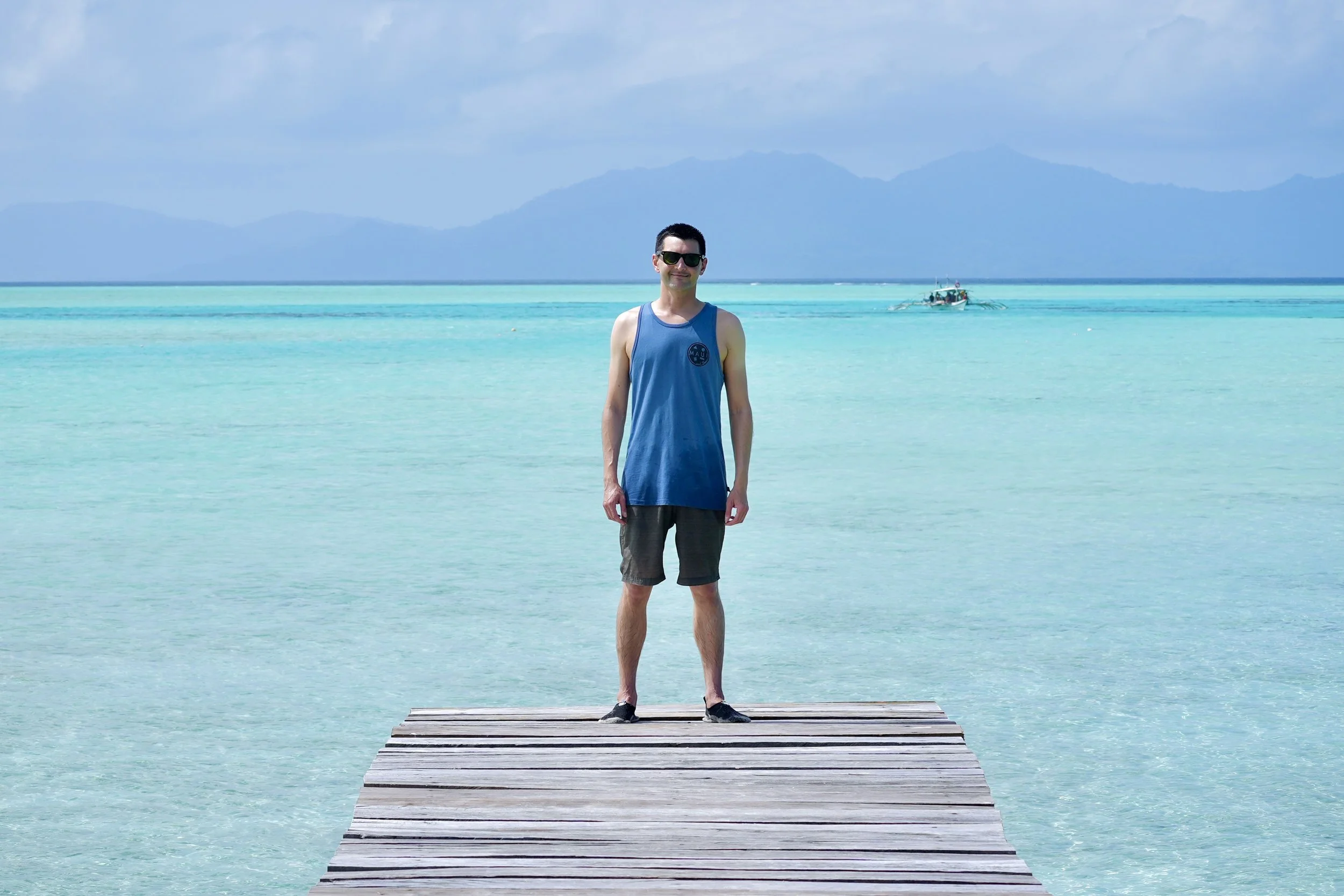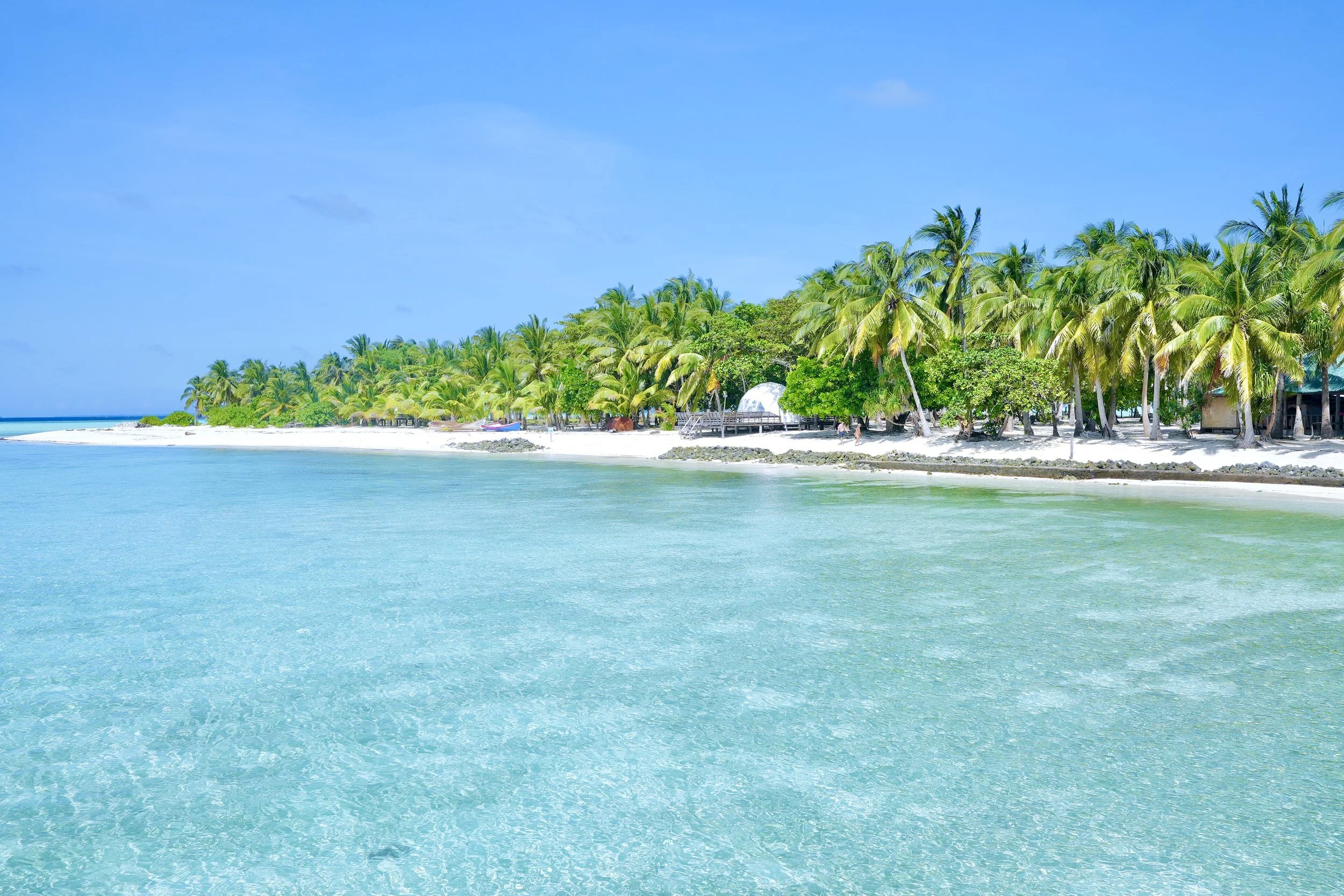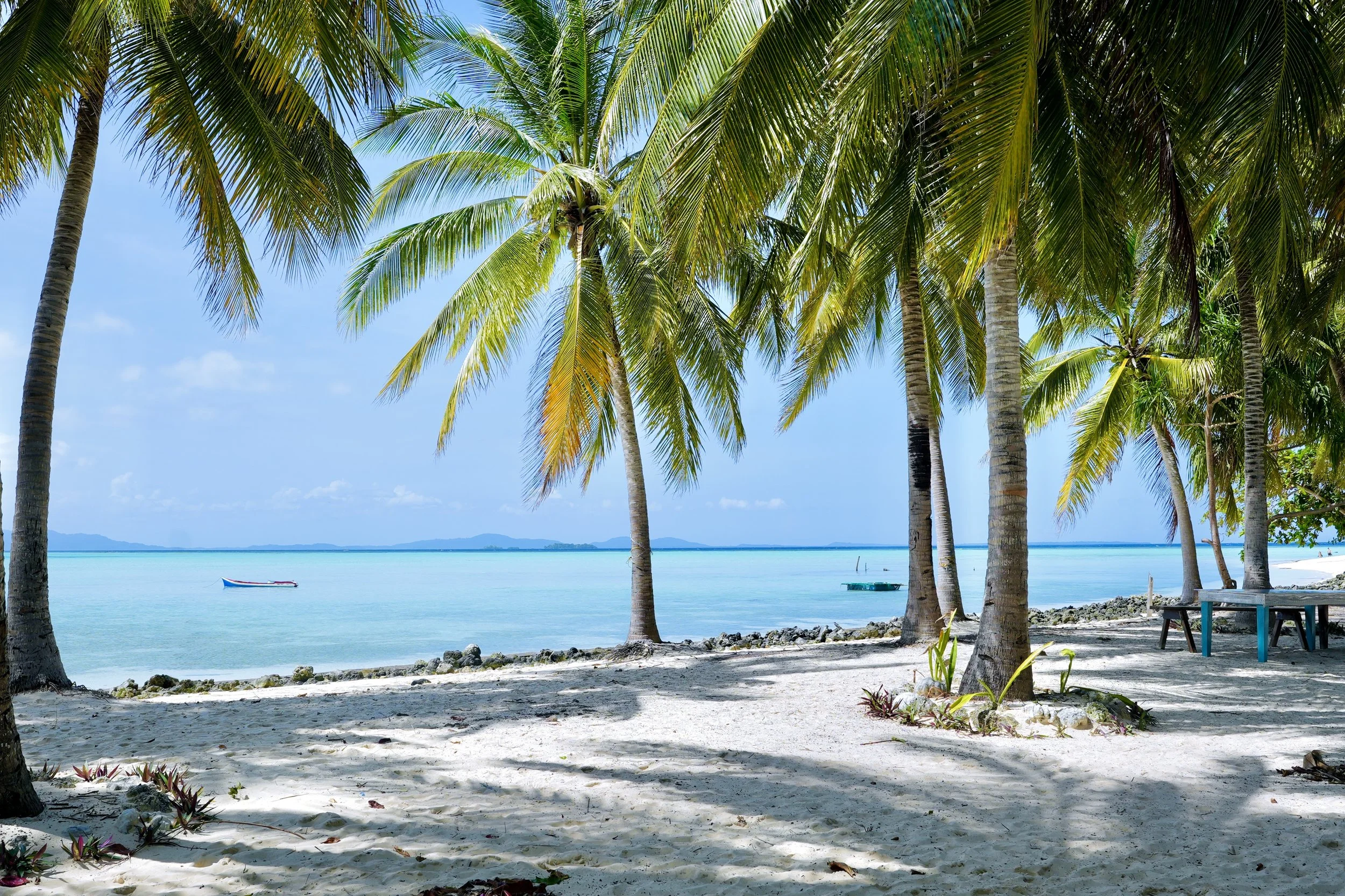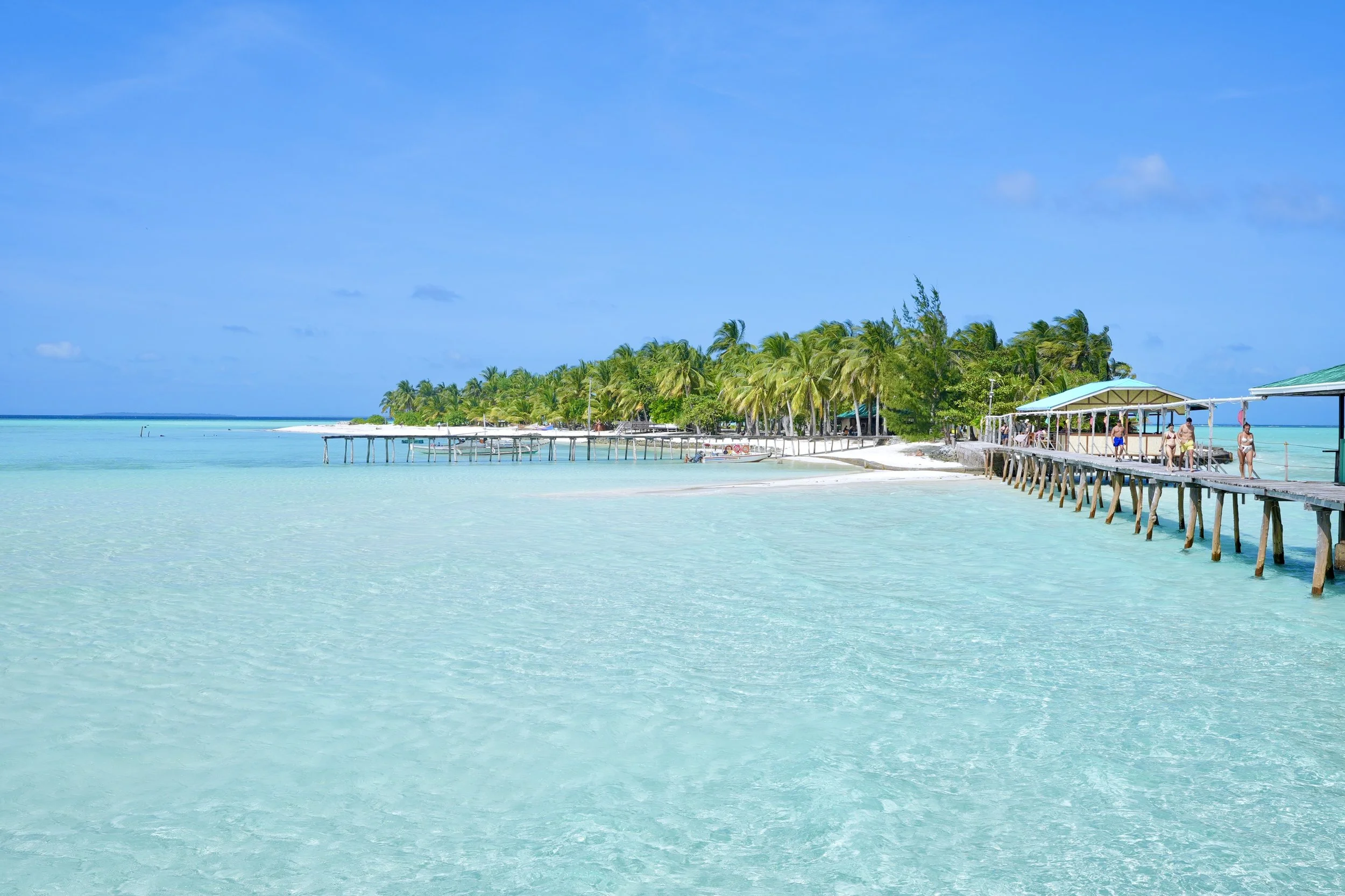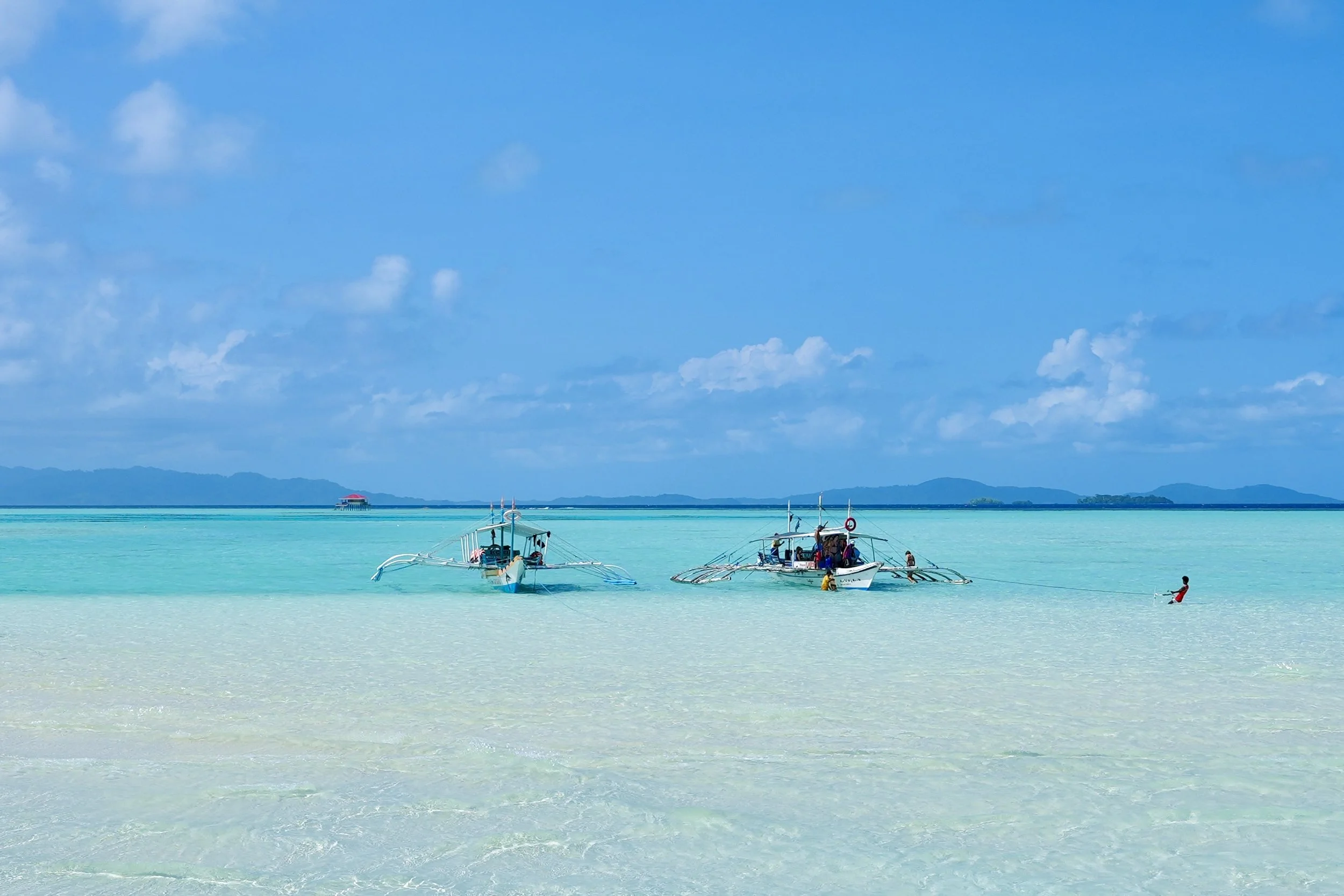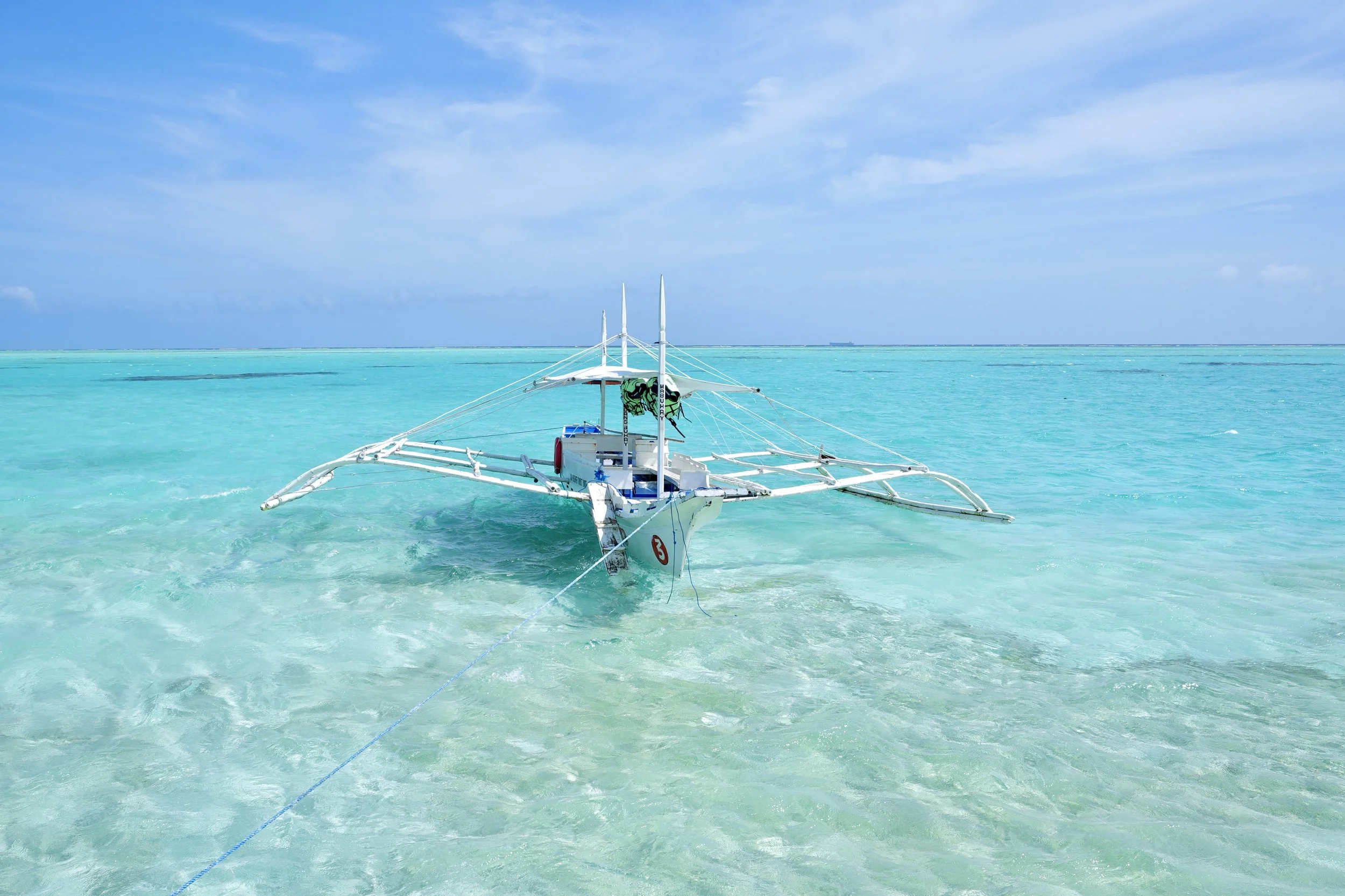Philippines: Onuk Island-A Quiet Light
Onuk Island sits at the southern edge of Palawan, where the Philippines thins out into scattered pearls of land. The Balabac region is made up of 31 small islands, many uninhabited, many unnamed. Here, the water is not just clear—it is bare. It feels like stepping into something unfinished, something left in its simplest form.
Sea turtles feed in these seagrass beds year-round. Scientists estimate that over 60% of the world’s remaining seagrasslies in Southeast Asia, and Balabac is one of the quiet shelters where marine life still moves at its natural pace. I floated there beside a turtle for a few minutes—though it felt like longer—watching it graze, unbothered, unhurried. The tide was calm. The world was quiet. And in its quiet, it felt whole.
The lagoon around Onuk Island stretches wide and shallow. In many places, you can walk hundreds of meters from the shore and still only be waist-deep. Sunlight ripples across the sand below, turning the water into shifting mirrors. There are no engines here, no concrete, no docks. Just warm water, and sky, and the sound of your own breathing.
This simplicity does something to you.
It slows your thinking.
It makes space for softness to return.
That house—balanced lightly on stilts—marks the line where shallow reefs fall away into deeper water. The drop-off below it sinks nearly 40 meters, where coral gardens begin. For conservation teams, this place matters. These waters are part of the habitat corridor that connects the Sulu Sea and the South China Sea, a migration path for green sea turtles, hawksbills, and manta rays.
It is strange to stand there and realize:
You are inside a living, breathing system.
Not observing it — belonging to it.
Most families in Balabac live by fishing. Not in the industrial sense—just as their parents and grandparents did. They navigate these waters without maps, guided by reefs, currents, moonlight. The Philippines is an archipelago of over 7,600 islands, but here the sea is not something that divides — it is what connects.
A fisherman paddled past me in a small, bright kayak. He nodded. I nodded back. Nothing more needed to be said.
Travel can be loud—airports, schedules, check-ins, timing, weather, rushing.
But here, time felt folded.
One slow breath placed in front of another.
I didn’t feel like a visitor.
I felt like someone who had stopped running.
The sand was soft, almost powder. Palm shadows swayed slowly, marking the hours by movement rather than clocks. I sat there longer than I expected, doing nothing, saying nothing, feeling only the warm pull of the tide.
Maybe that is all paradise ever is:
A place where your body finally matches your mind.
When the boats arrived to take us back, I felt something familiar—a kind of sadness that is not loss, but fullness. Like something had opened in me, and I wasn’t ready to close it yet.
I think travel teaches us how to hold moments like that.
How to keep them.
How to return to them without being there.
Onuk Island is not just a place I visited.
It’s a place that stayed.
To see more photos & videos from my travels visit the links below
happy traveling,
~Sean
